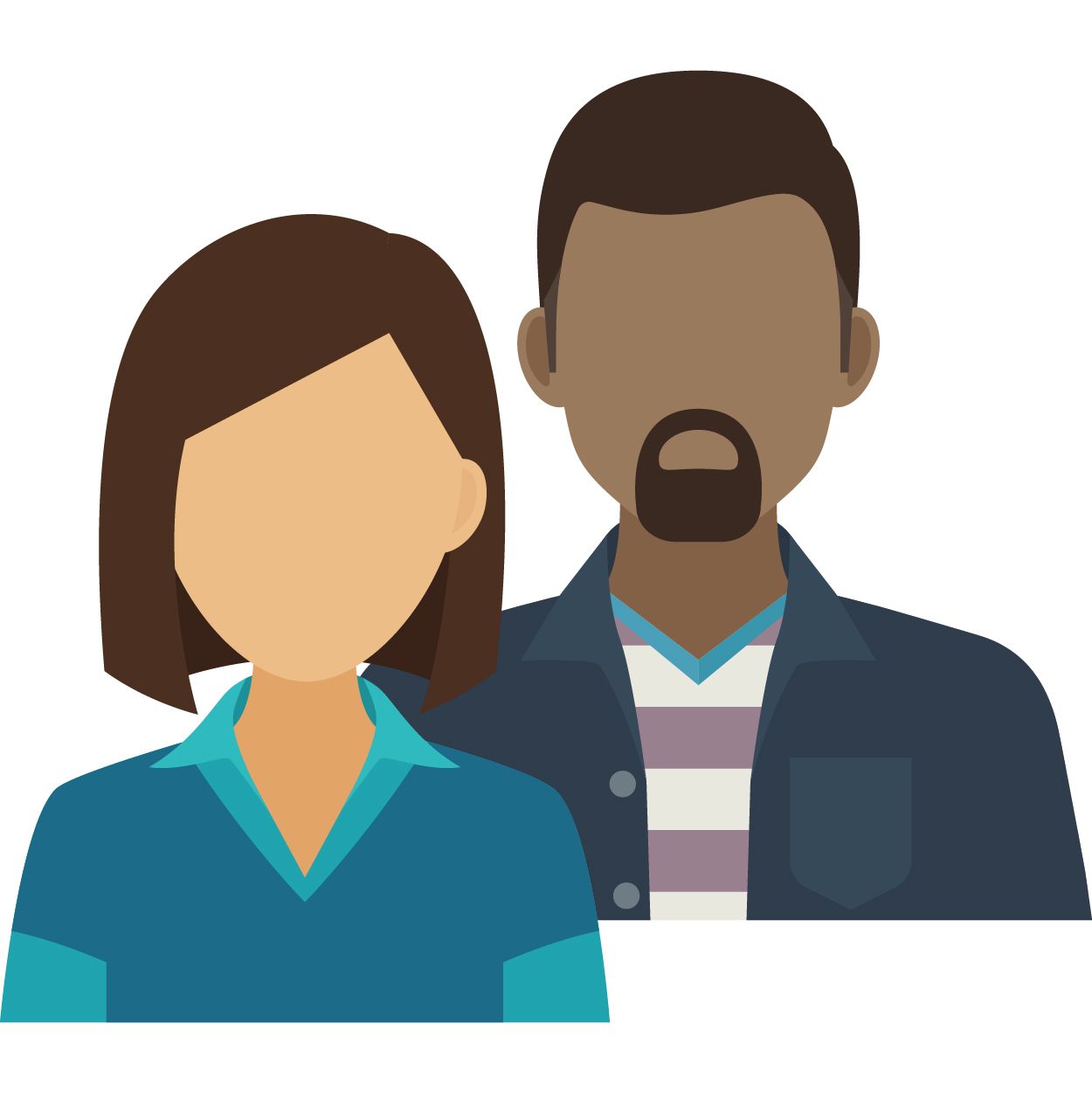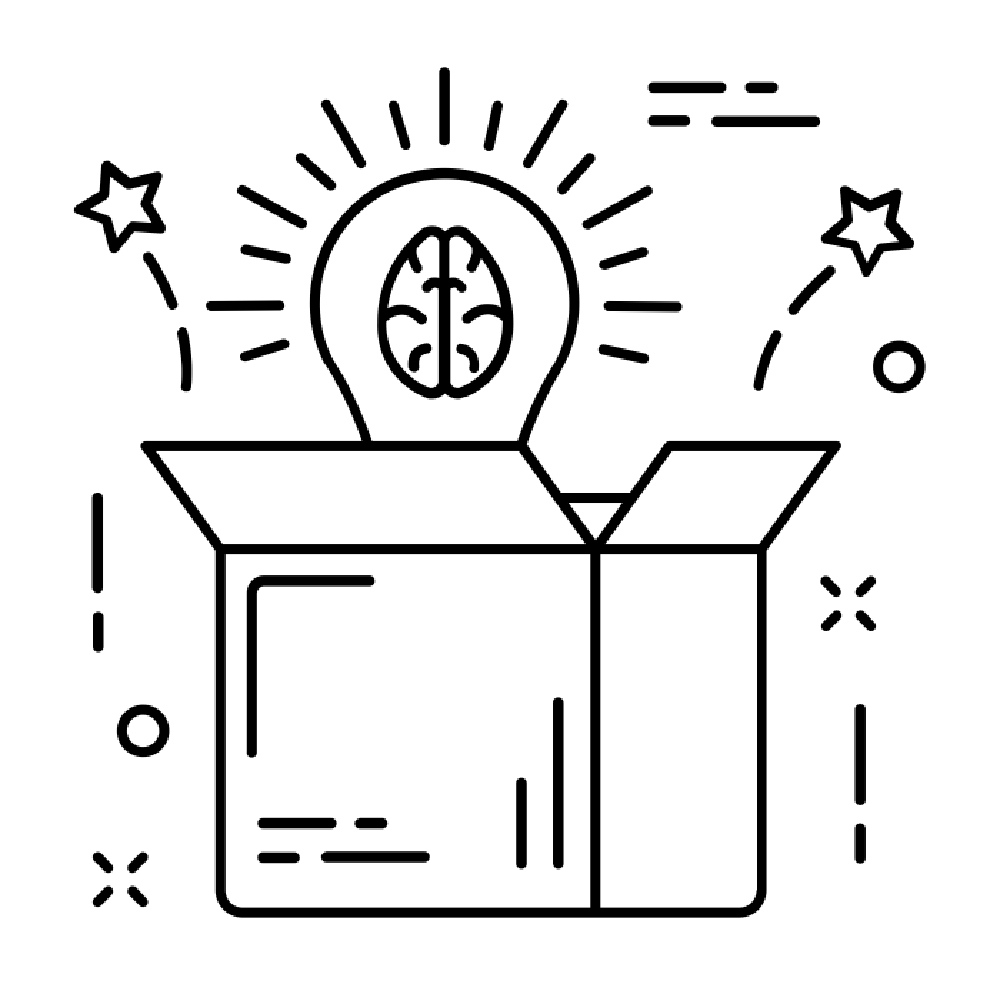We’re big fans of Design Thinking here at Mindset, and why wouldn’t we be? It’s an incredible way to clearly understand a problem, build engagement and drive empathy with users, and drastically improve your chances of providing a solution that meets the needs and requirements of IT, business partners and end users.
All that said, the outputs from Design Thinking will still only be as good as the execution of the session itself. Here are a couple of important things to consider to be sure you’re doing everything you can to make your Design Thinking session a huge success.
![]()
Pick the Right Problem
The first step is to be sure you’re picking a problem that’s a good fit for a Design Thinking session. This criteria may be different across different organizations, but we’ve found that the best candidates, especially for organizations that have not used Design Thinking a lot before, are problems that can be clearly articulated but have solutions that are ambiguous or elusive.
Here’s the reasoning behind those two criteria: first of all, you want to find an issue that won’t be easily disputed by the resources who are participating in the session. Especially in organizations where design-led development is new, there’s bound to be some skepticism at the beginning of the session. Tackling a problem that most or all of the group can agree upon is a great way to build engagement and buy-in.
Next, picking a problem that doesn’t have an obvious solution provides you the opportunity to really demonstrate the value of Design Thinking itself. Because you’re able to simultaneously bring a diverse group of stakeholders together and quickly drive to a tangible set of potential solutions through the prototyping process, you can demonstrate an ability to quickly find potential solutions to problems that have languished in the ‘define problem / draft requirements’ stages of typical projects for a long time.
As a bonus, if you’re able to identify a problem that can be used as an example for the rest of your organization, that can help build momentum to influence more teams and projects to leverage the same process and drive further engagement throughout the company.

Engage the Right Team
Once you’ve got the right problem identified, you need to be sure to get the right team involved. At a minimum, we see the following roles as essential to your success:
- Experienced Design Thinking Facilitators – more on them in the next section.
- End Users – probably the most important participant, since you’re building this solution for them, right? In addition to the extremely important information that they will provide you about how their job actually works, they’ll also be much more likely to use the solution if they’ve had a hand in designing it.
- Business Sponsor – getting business buy-in is critical for any proposed solution, since (in most organizations) having a key business sponsor as an advocate will drive user visibility and adoption, and also help keep the solution prioritized amongst all of the other activities that are in-flight.
- Business SMEs – as with any other solution, there will be organizational change management and education that goes along with the delivery of a product. The Business SME can help facilitate this process and greatly improve the chances of comprehensive user adoption.
- IT Leadership/Sponsor – similar to the role of the business sponsor, having a bought-in IT leader can help break down potential barriers that come when the development starts, and can help keep the project prioritized and funded throughout the delivery process.
- IT SMEs – having a few key IT subject matter experts participate can help to identify key questions that need to be answered for the solution to work (think architecture, security, etc.) while also helping to identify the partner teams that are going to need to be engaged when the delivery process begins.
- UX Designer- Having a designer with a User Experience focus engaged throughout the workshop will ensure the proposed solution and high resolution prototypes are aligned to the intent and demands of the users, and can also drastically increase the speed it takes to iterate through the feedback cycle.
This may seem like a lot of people to have in the room, and it can be challenging to coordinate this type of engagement and investment, but it will drastically improve your chances of success. If you’re able to have all of these resources participate in the observation and solutioning process, there’s a far lower likelihood that you’ll have to go back and go through a time consuming and non-productive review/revise session with key influencers and decision makers after the fact.

Have the Right Facilitator
I skipped the role of facilitators in the previous section because I think their role is so central to the success of the Design Thinking session that it’s worth calling out separately. A good facilitator is essential to getting the most out of the rest of the team. Among other things, a really experienced, skilled facilitator can do the following:
- Attack the problem from a different point of view – throughout the Design Thinking process, it can be easy to just ‘polish’ an existing solution. A great facilitator will challenge the team to consider alternate approaches to solve the problem to be sure that the new solution is what the users need, rather than just putting a new facade on the same old broken process.
- Simultaneously push the edges of what’s possible while maintaining feasibility – you want the session to push the boundaries of what’s possible to ensure that you’re not leaving any potentially useful stones unturned. You also want to be sure that what you propose can actually, feasibly be built. A good facilitator will help the group find just the right balance.
- Ensure alignment with standards & best practices – from the very beginning, you want your proposed solution to be designed ‘right’. In order to ensure the solution starts off on the correct design foot, your facilitator should be well versed in the applicable design standards to be sure the eventual solution will comply, as well.
Optional: Use our Custom Design Thinking Notebook
We believe in Design Thinking so much, we custom-designed a notebook to use for your next workshop! This has everything you need: a brief outline of the process, places to capture your notes and observations, and a set of pages to draw out those low-res prototypes that will eventually become your perfect solution.

We’d love to help you out with your next solution by facilitating a Design Thinking session, and can bring the expertise and process knowledge to make it great. Reach out to us if you’d like to understand how we can come in and help ensure you’re successful.
Don’t have that perfect SAP Fiori problem identified yet? No problem – we can help with that too. Our UX architects can engage with your team to identify the right problem to go after and help you get the buy in to move to solutioning with Design Thinking.